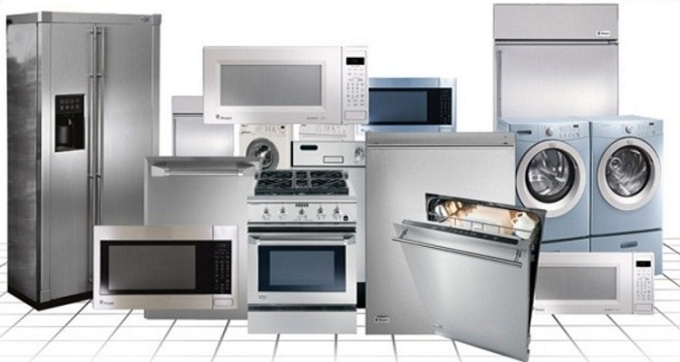- Though the manufacturers are witnessing increasingly demanding customers and intensely competitive rivals, more investments in the sector are likely to flow in and the share of organized sector will also grow rapidly
- Market share of front loading washing machine, multi-door refrigerator, inverter type air conditioner and 4K smart television will become the future for large appliances in India.
- Make in India initiative to support domestic manufacturing is anticipated to enhance the companies to setup their manufacturing base in Indian market. This will reduce the dependency on imports that will certainly drive down the costs.
Ken Research announced its latest publication on “India Large Appliances Market Outlook to 2020- Make in Initiatives to Reduce Imports and Growing Demand for Sensor Enabled Products to Drive Demand” provides a comprehensive analysis of large appliances market in India including revenue from domestic sale in television, washing machine, air conditioner and refrigerator. Market was also estimated based on volume sales in each category. Market is segmented based on product type and sub segmented based on their essential features and price range along with distribution channel. The report also covers the snapshot of logistics, competitive landscape of major players in India large appliances market and export and import scenario. The report concludes with market projections for future and analyst recommendation highlighting the major opportunities and cautions.
Indian large appliances industry has become one of the fastest growing sectors, primarily driven by growing Indian economy. With sound growth in disposable income and the development of product technology, the demand for the diverse consumer durable goods are growing. With GST constitutional amendment bill passed by the Rajya Sabha followed by some state legislatures, the government hopes that it would be able to implement GST from April 2017. GST will be beneficial to the consumer durable industry as the companies currently pay tax in the range of 20-25% currently which is likely to come down. The GST regime will also reduce the price differential between the organized and unorganized players. Further logistics and inventory handling costs for the companies is also expected to decline. All this would lead to lower prices for the end consumer and thereby resulting in higher demand for the companies.

Washing machines in India is largely an urban phenomenon. Urban houses are nicely structured with necessary plumbing and have clean water available, unlike rural homes where hand washing is still commonplace. Improving sanitation facilities in rural areas and availability of lower priced models especially for rural population will be the key catalyst for the growth of washing machines in India.
The frost free refrigerator market of India is gaining massive popularity and momentum over traditional refrigerator models. There is a rising trend for double door refrigerator which starts from 200 liter capacity to maximum 500 liters. The demand for refrigerator in India is mainly driven from urban areas and will continue to be demanded from these regions only.
Presently for air conditioners, the northern region accounts for the largest share of the air conditioners market in India, followed by the southern region. The country is also emerging as a major production hub for the SAARC region with all major global players’ production facilities base in India. This region will continue to experience an increasing demand for air conditioners in India.
According to Research Analyst, the companies should setup their independent recycling plants, which can be utilized in a better way. Moreover, at the time of product sales, the company can use replacement as a tool for product promotion in which they can introduce a flat discount if the customer comes to replace the product after a specified period of time. If it would incur a large cost to setup independent recycling plants, two or three companies can join together to setup their plant which will also lead to economies of scale.
Key Topics Covered in the Report
Key Topics Covered in the Report
- Executive Summary
- Research Methodology
- India Large Appliances Market Genesis & Current Outlook
- Logistics Handling for Large Appliances in India
- Export and Import Scenario of Large Appliances in India
- Snapshot of Online Sales for Large Appliances in India
- Government Initiatives in India Large Appliances Market
- Trends and Developments in India Large Appliances Market
- Competition Scenario in India Large Appliances Market
- Market Share of Major Players in India Large Appliances Market, 2015
- Competitive Landscape of Major Players in India Large Appliances Market
- Competitive Landscape for Emerging Players in India Large Appliances Market
- India Large Appliances Future Outlook and Projections, 2016-2020
Key Products in the Report
Television, Washing Machine, Refrigerator, Air Conditioner
Key Market Players in the Report
Samsung, LG, Voltas, Whirlpool, Videocon, Micromax, VU Technologies
For more information about the publication, refer to the link below:
Related Reports
Contact Us:
Ken Research
Ankur Gupta, Head Marketing & Communications
Ankur@kenresearch.com
+91-9015378249
Ken Research
Ankur Gupta, Head Marketing & Communications
Ankur@kenresearch.com
+91-9015378249





